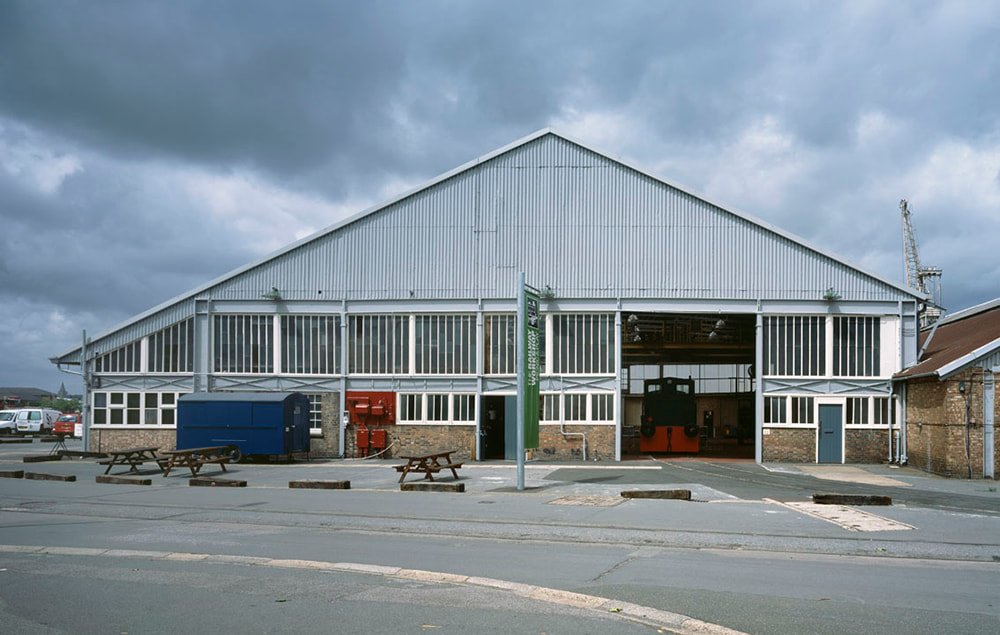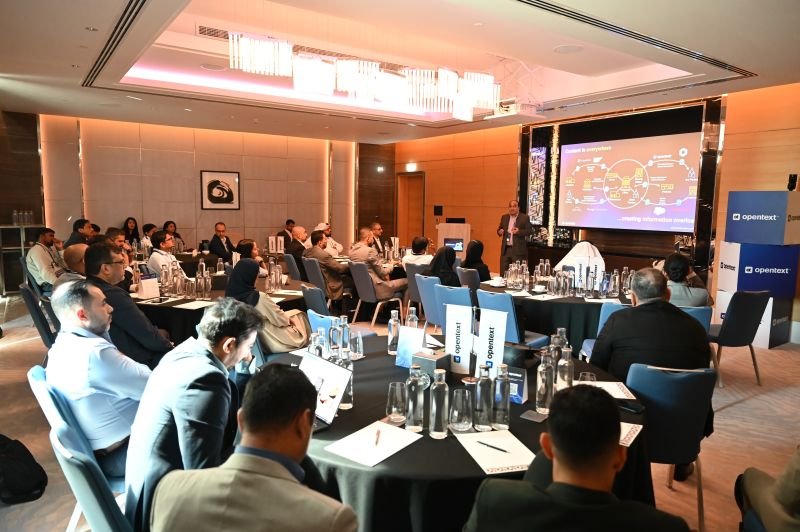Armourplate is a highly durable material used across various industries for its strength and protective qualities. From military defense to construction, armor plates play a crucial role in safeguarding both people and equipment. In this guide, we’ll explore what armourplate is, its types, benefits, and how it’s used in different industries.
Understanding Armourplate: Composition and Types
What is armourplate?
Armourplate refers to strong, hardened materials designed to resist damage from impacts, heat, and abrasion. Traditionally made from steel or alloys, armourplate has evolved to include advanced materials like composites and ceramics, making it even stronger and lighter.
Types of Armourplate:
- Ballistic Armourplate: Protects against bullets and explosives.
- Abrasion-Resistant Armourplate: Designed to withstand wear and tear, especially in mining and construction equipment.
- Heat-Resistant Armourplate: Used in environments with extreme temperatures, protecting against heat damage.
The performance of the armor plate depends on its hardness (ability to resist penetration) and toughness (ability to absorb energy without cracking).
The Key Benefits of Using Armourplate
Durability and Longevity:
Armourplate is built to last, providing long-term protection even in harsh conditions. Whether it’s resisting bullets or withstanding high temperatures, armourplate offers unmatched durability.
Protection Against Physical Damage:
Armourplate is essential for protection in high-risk environments. It can prevent damage from impacts, abrasions, and even explosions, making it invaluable in industries like military, construction, and automotive.
Versatility:
One of the key strengths of armor plates is their ability to perform in different environments. Whether in extreme heat, cold, or corrosive conditions, the armourplate maintains its protective properties.
Top Industries That Rely on Armourplate
Military and Defense:
Armourplate is a cornerstone in the defense industry. It’s used to create body armor and reinforce military vehicles. Lightweight yet incredibly strong, modern armourplate materials ensure maximum protection while maintaining mobility.
Construction and Mining:
Heavy machinery like bulldozers, excavators, and dump trucks depend on armor plates to handle abrasive environments. The tough nature of armor plates ensures that these machines can operate efficiently without frequent damage or wear.
Automotive and Transportation:
In the automotive industry, armourplate is used to build armored vehicles and protect valuable cargo. This type of protection is critical for high-security transportation and in regions where safety is a concern.
Manufacturing and Industrial Applications:
Armourplate is used in manufacturing plants to protect equipment from heat and wear. Factories that deal with high-temperature processes, such as metalworking, benefit greatly from armourplate components that resist wear and extend the life of machinery.
Armourplate in Everyday Products
While we often think of armourplate in military or industrial terms, it’s also used in some everyday products. For example, protective gear such as helmets or specialized phone cases may use advanced armor plate technology to offer extra strength and durability. These products benefit from the same level of impact resistance that protects large vehicles or heavy equipment.
How to Choose the Right Armourplate for Your Needs
Selecting the right armor plate depends on several factors:
- Thickness and Material Composition: The thickness and material blend can vary based on the specific need. Thicker plates are more protective but may add weight.
- Cost: High-performance materials like ceramics and composites can be expensive, but the protection and longevity they provide can offset initial costs.
- Application-Specific Requirements: Whether you need an armourplate for a construction vehicle, military gear, or manufacturing equipment, it’s essential to match the type of armour plate to the demands of the job.
Innovations and Future Trends in Armourplate Technology
Advancements in Lightweight Materials:
New technologies are enabling the development of lighter, stronger armor plates. Composites, ceramics, and even nanotechnology are leading the way in creating armor plates that offer high protection with less weight.
Nanotechnology and Composites:
Nanotechnology is making it possible to develop materials at the microscopic level, allowing for a new generation of ultra-strong, lightweight armor plates. These advancements could revolutionize industries like aerospace and defense.
Sustainability:
As industries push toward greener practices, eco-friendly armourplate materials are being developed. These include recyclable composites and energy-efficient manufacturing methods, helping reduce the environmental impact of armor plate production.
Maintaining and Extending the Life of Armourplate
Proper Care and Maintenance:
To maximize the lifespan of the armor plate, regular inspections are important. Depending on the environment, armor plates may be exposed to conditions that accelerate wear and tear. Cleaning, proper storage, and regular maintenance can prevent premature damage.
When to Replace Armourplate:
Even though the armor plate is durable, it doesn’t last forever. Over time, exposure to extreme conditions may reduce its protective capabilities. Replacing worn or damaged armor plates is essential to maintaining safety and performance.
Conclusion
Armourplate is a versatile, strong material that provides essential protection in many industries. From military vehicles to everyday consumer products, its ability to resist impact, abrasion, and heat makes it an invaluable resource. As technology advances, the future of armor plates is set to become even more lightweight, durable, and environmentally friendly. This article is designed to be informative, easy to follow, and optimized with the keyword “armourplate” to help with search engine visibility. Let me know if you’d like any adjustments!




